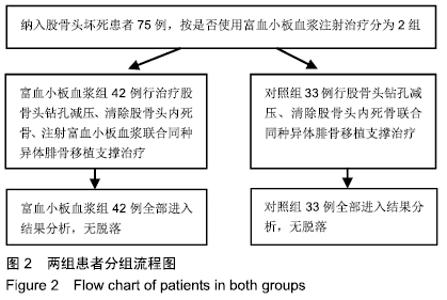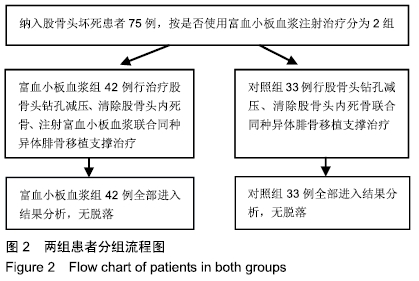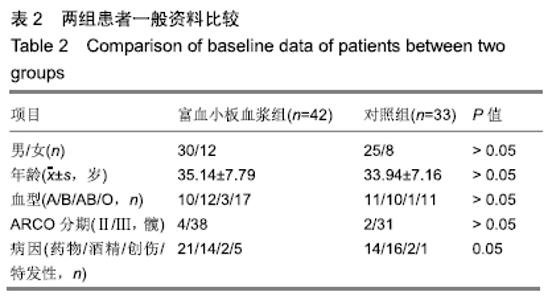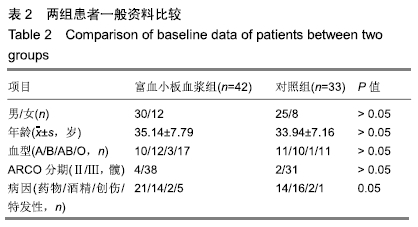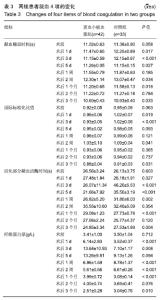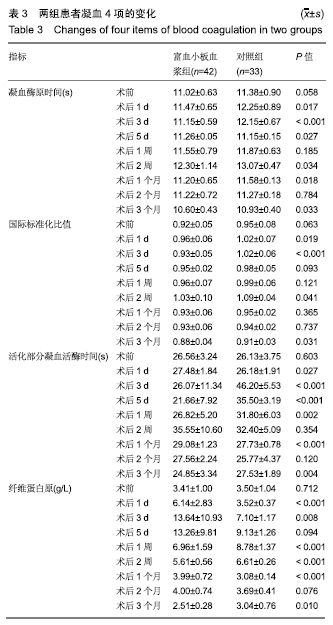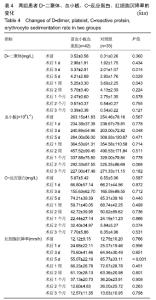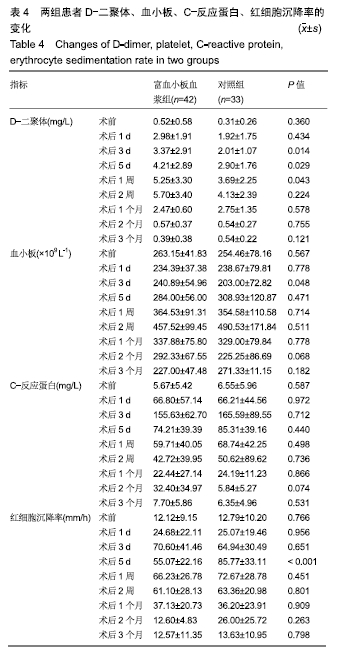[1] WANG A, REN M, WANG J. The pathogenesis of steroid-induced osteonecrosis of the femoral head: A systematic review of the literature.Gene. 2018. pii: S0378-1119(18)30588-2.
[2] GARAYCOECHEA JI, CROSSAN GP, LANGEVIN F, et al. Alcohol and endogenous aldehydes damage chromosomes and mutate stem cells. Nature. 2018; 553(7687): 171-177.
[3] KRENN V, MÜLLER S, KRENN VT, et al. Pathophysiology of aseptic femoral head necrosis: Pathogenesis and histopathological differential diagnosis.Orthopade.2018;47(9):710-716.
[4] CHEN CC,LIN CL,CHEN WC, et al. Vascularized iliac bone-grafting for osteonecrosis with segmental collapse of the femoral head. Clin Orthop Relat Res.2010;468(10):2390-2394.
[5] LARSON E, JONES LC, GOODMAN SB, et al. Early-stage osteonecrosis of the femoral head: where are we and where are we going in year 2018. Int Orthop.2018;42(7):1723-1728.
[6] STEINBERG ME,HAYKEN GD,STEINBERG DR. The “conservative” management of avascular necrosis of the femoral head//Arlet J,Ficat PR,Hungerford DS,editors.Bone circulation.Baltimore:Williams and Wilkins,1984:334-337.
[7] YOON BH, LEE YK, KIM KC, et al. No differences in the efficacy among various core decompression modalities and non-operative treatment: a network meta-analysis.Int Orthop. 2018. doi: 10.1007/s00264-018-3977-9.
[8] BASAL O, ATAY T, CIRIS İM, et al. Epidermal growth factor (EGF) promotes bone healing in surgically induced osteonecrosis of the femoral head (ONFH).Bosn J Basic Med Sci. 2018. doi: 10.17305/bjbms.2018.3259.
[9] SHI YN, SHI YM, YANG L, et al. Lignans and aromatic glycosides from Piper wallichii and their antithrombotic activities. J Ethnopharmacol. 2015;162:87-96.
[10] ROMÁN Y, DE OLIVEIRA BARDDAL HP, IACOMINI M, et al. Anticoagulant and antithrombotic effects of chemically sulfated fucogalactan and citrus pectin. Carbohydr Polym. 2017;174:731-739.
[11] SAYARI N, BALTI R, BEN MANSOUR M, et al. Anticoagulant properties and cytotoxic effect against HCT116 human colon cell line of sulfated glycosaminoglycans isolated from the Norway lobster (Nephrops norvegicus) shell. Biomed Pharmacother.2016;80: 322-330.
[12] KIM DW, SAPKOTA K, CHOI JH, et al. Direct acting anti-thrombotic serine protease from brown seaweed Costaria costata. Proc Biochem. 2013;48(2):340-350.
[13] KHAIRA HS, MANN J. Plasma D- dimer measurements in patients with suspected DVT-a means of avoiding unnecessary venography. Eur J Vasc Endovasc Surg. 1998;15(3):235-238.
[14] RIGHINI M, VAN ES J, DEN EXTER PL, et al. Age-adjusted D-dimer cutoff levels to rule out pulmonary embolism: the ADJUST-PE study. JAMA. 2014;311(11):1117-1124.
[15] TAKACH LAPNER S, STEVENS S, WOLLER S, et al. Age-adjusted versus clinical probability-adjusted D-dimer to exclude pulmonary embolism. Thromb Res. 2018;169:15-19.
[16] KLINE JA, WILLIAMS GW, HERNANDEZ-NINO J. D-dimer concentrations in normal pregnancy: new diagnostic thresholds are needed. Clin Chem. 2005;51(5):825-829.
[17] KABRHEL C, VAN HYLCKAMA VLIEG A, MUZIKANSKI A, et al. Multicenter evaluation of the YEARS criteria in emergency department patients evaluated for pulmonary embolism. Acad Emerg Med Acad Emerg Med. 2018;25(9):987-994.
[18] WELLS PS, ANDERSON DR, RODGER M, et al. Excluding pulmonary embolism at the bedside without diagnostic imaging: management of patients with suspected pulmonary embolism presenting to the emergency department by using a simple clinical model and D-dimer. Ann Intern Med. 2001;135:98-107.
[19] ZHANG D, LI F, DU X, et al. Diagnostic accuracy of biomarker D-dimer in patients after stroke suspected from venous thromboembolism: A diagnostic meta-analysis.Clin Biochem. 2018. pii: S0009-9120(18)30809-9.
[20] PALARETI G, COSMI B, LEGNANI C, et al. D-dimer testing to determine the duration of anticoagulation therapy. N Engl J Med. 2006; 335(17): 1780-1789.
[21] KRAAIJENHAGEN RA, IN'T ANKER PS, KOOPMAN MM, et al. High plasma concentration of factor Ⅷc is a major risk factor for venous thromboembolism. Thromb Haemost. 2000;83(1): 5-9.
[22] VAN HYLCKAMA VLIEG A, CHRISTIANSEN SC, LUDDINGTON R, et al. Elevated endogenous thrombin potential is associated with an increased risk of a first deep venous thrombosis but not with the risk of recurrence. Br J Haematol. 2007;138(6):769-774.
[23] BECATTINI C, LIGNANI A, MASOTTI L, et al. D- dimer for risk stratification in patients with acute pulmonary embolism. J Thromb Thrombolysis. 2012; 33(1): 48-57.
[24] TSAI AW, CUSHMAN M, ROSAMOND WD, et al. Coagulation factors, inflammation markers, and venous thromboembolism: the longitudinal investigation of thromboembolism etiology (LITE). Am J Med. 2002; 113(8): 636-642.
[25] FOX EA, KAHN SR. The relationship between inflammation and venous thrombosis. A systematic review of clinical studies. Thromb Haemost. 2005; 94(2): 362-365.
[26] DRONKERS CE, SRÁMEK A, HUISMAN MV, et al. Accurate diagnosis of iliac vein thrombosis in pregnancy with magnetic resonance direct thrombus imaging (MRDTI). BMJ Case Rep. 2016;2016. pii: bcr2016218091.
[27] KLOK FA, TAN M, HUISMAN MV. Letter by Klok et al Regarding article, “18F-Fluorodeoxyglucose positron emission tomography/computed tomography enables the detection of recurrent same-site deep vein thrombosis by illuminating recently formed,neutrophil-rich thrombus”. Circulation. 2015;131:e530.
|
